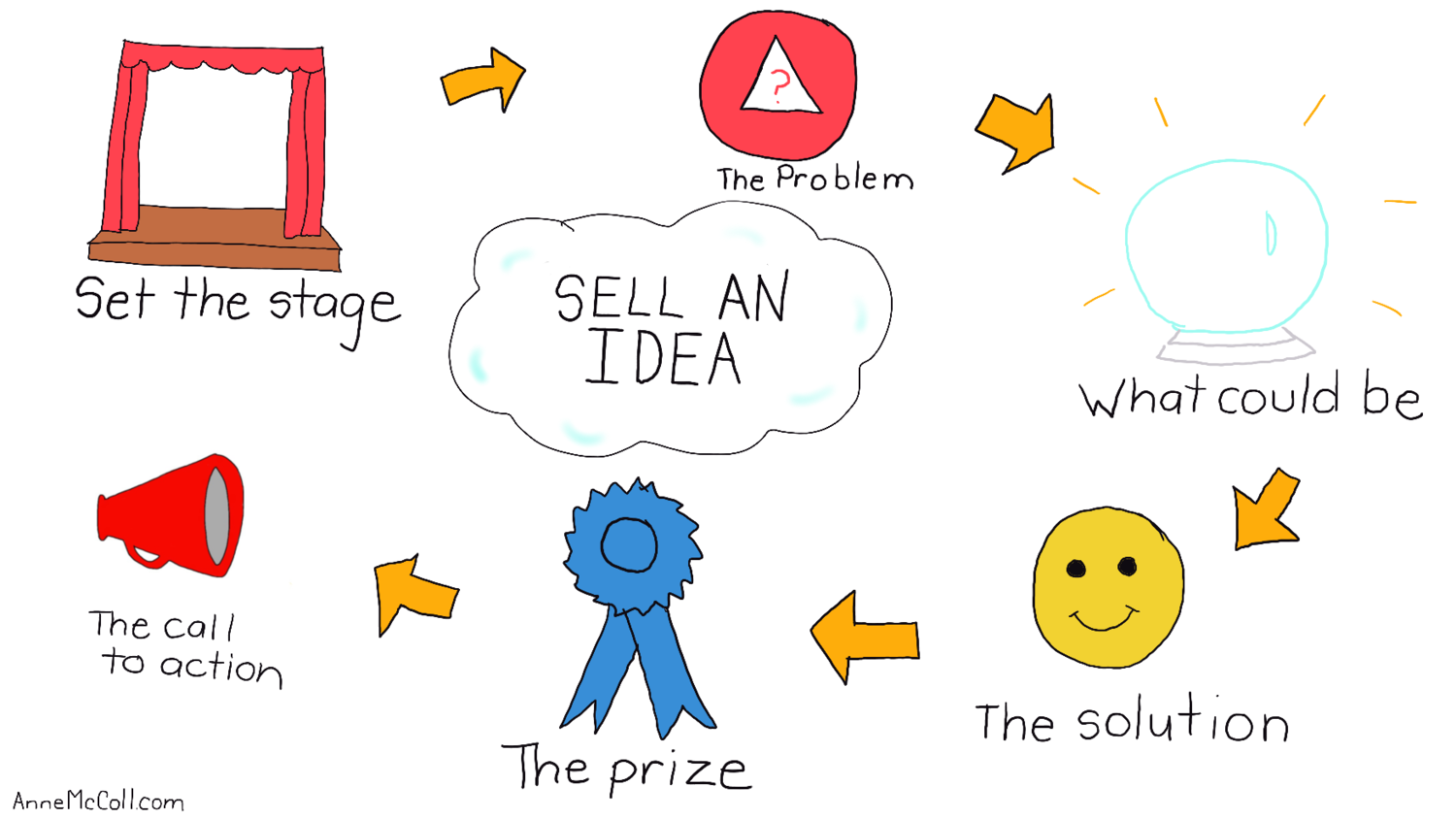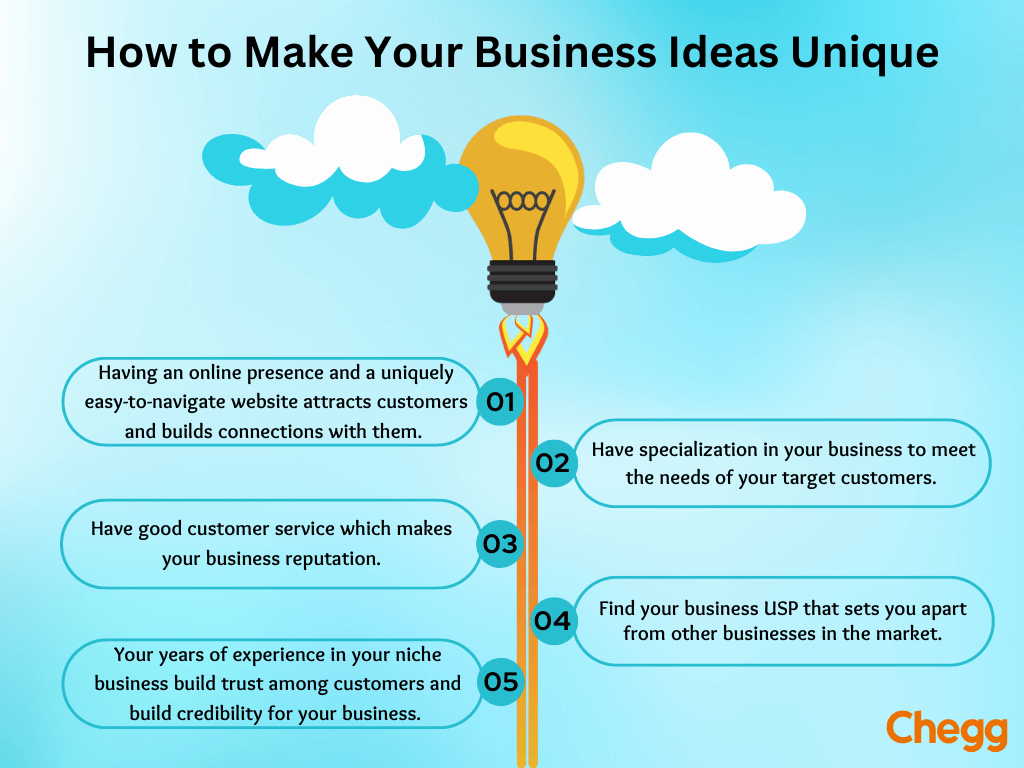How Can I Sell My Idea To A Company

So, you've got a million-dollar idea brewing, a concept so innovative it could revolutionize an industry. But the burning question remains: How do you actually get that idea in front of the right people at a company and, more importantly, convince them to invest in it?
Navigating the world of corporate innovation can be tricky, filled with legal considerations, presentation strategies, and the sheer challenge of getting your foot in the door. This article explores the key steps involved in successfully pitching your idea to a company, providing practical advice and outlining potential pitfalls to avoid.
Understanding the Landscape
Before you even think about pitching, do your homework. Research the target company thoroughly.
What are their current products or services? What are their future strategic goals?
Identifying companies whose needs your ideas might fulfill would be beneficial.
Look for information on their innovation process. Some companies have dedicated portals or programs for external submissions.
Protecting Your Intellectual Property
This is paramount. You need to be prepared to discuss your idea confidently without revealing too much.
While a full patent might be ideal, a provisional patent application provides a date-stamped record of your invention and gives you a year to further develop it.
A non-disclosure agreement (NDA) is a legally binding contract that protects confidential information shared during discussions. Consider requesting one before divulging sensitive details.
Crafting Your Pitch
Your pitch needs to be concise, compelling, and focused on the benefits for the company. Avoid technical jargon and focus on the problem your idea solves and the potential return on investment.
A well-structured presentation is crucial. Start with a clear problem statement.
Then introduce your solution, highlight its key features and benefits, and finally, present a realistic business model.
Visual aids, like prototypes or mockups, can be incredibly powerful. They allow you to demonstrate your idea in a tangible way.
Consider creating a short video that explains your idea in a simple, engaging manner.
Numbers talk. Back up your claims with market research and data to show the potential market size and revenue projections.
Making Contact and Building Relationships
Finding the right point of contact is essential. Avoid sending your idea into the general company mailbox. Try to identify individuals in departments related to your idea, such as research and development, product development, or strategy.
LinkedIn can be a valuable tool for finding relevant contacts. Attend industry events and conferences to network with potential partners and investors.
A cold email or phone call can be effective if done right. Be polite, professional, and clearly state the purpose of your outreach.
Consider connecting with venture capitalists who specialize in the sector related to your idea. They often have connections with companies that might be interested.
If you know someone who works at the target company, ask for an introduction. A warm introduction can significantly increase your chances of getting your idea heard.
Be prepared for rejection. Not every company will be interested in your idea. Use feedback to refine your pitch and continue to pursue other opportunities.
Negotiation and Collaboration
If a company expresses interest in your idea, be prepared to negotiate the terms of the agreement. This could involve licensing your idea to the company or forming a joint venture.
Seek legal counsel to review any agreements and ensure that your interests are protected. Don't be afraid to ask for fair compensation for your work.
Be open to collaboration. The company may have valuable resources and expertise that can help you develop and commercialize your idea.
Ultimately, selling your idea to a company requires persistence, preparation, and a strong understanding of the business landscape. By following these steps, you can significantly increase your chances of success and turn your innovative concept into a reality.


















